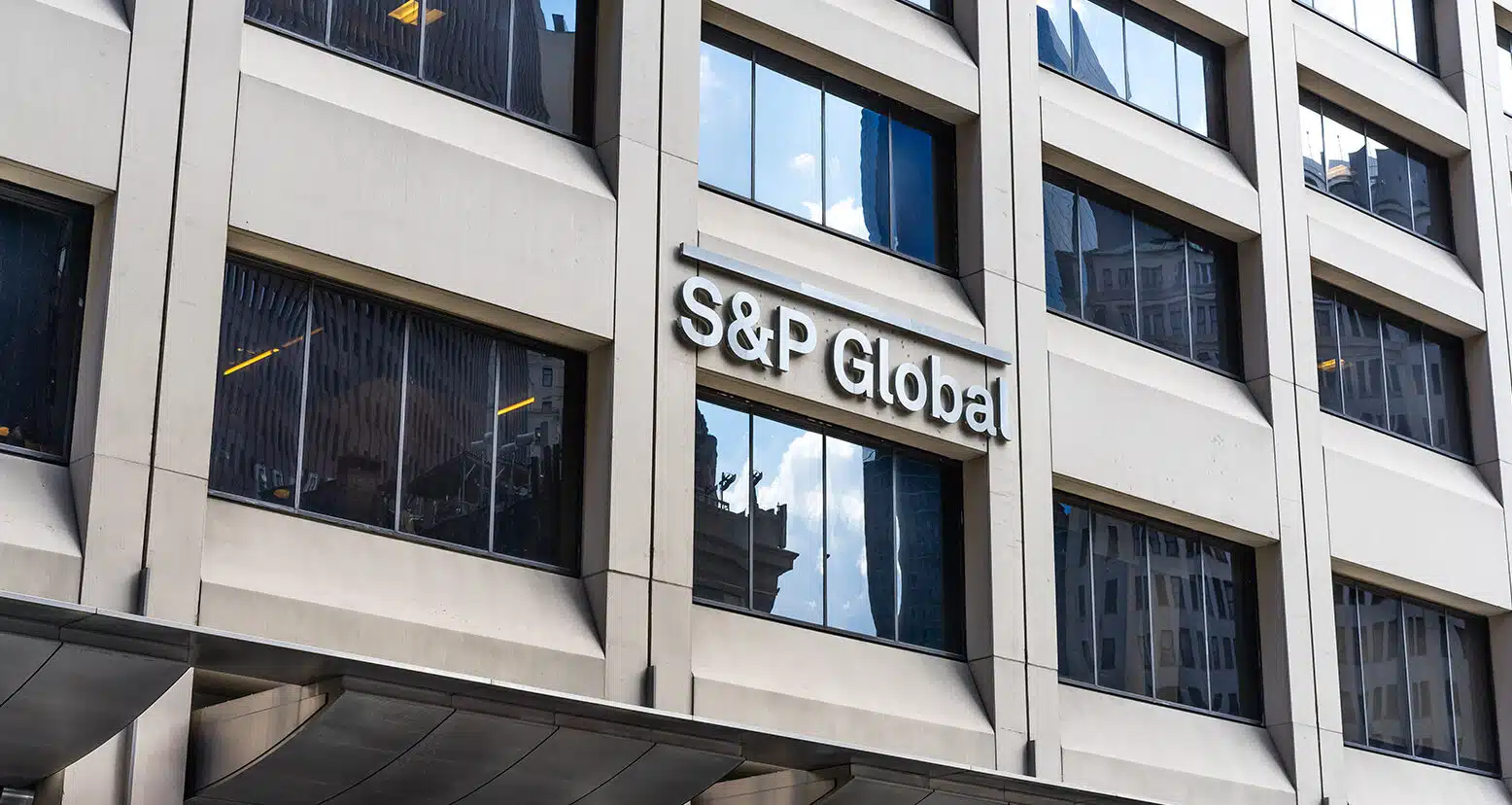According to a Reuters report, S&P Global recently followed Moody’s footsteps by downgrading the credit ratings and outlooks of various regional U.S. banks.
The Reason for the Downgrade of the Banks’ Ratings
This decision was made in light of the expected challenges these banks may face due to rising funding costs and problems in the commercial real estate sector. S&P Global expressed that these factors are likely to pose a severe test to the creditworthiness of these banks.
In response to the U.S. Federal Reserve’s continued interest rate hikes, financial institutions have offered higher interest rates to discourage depositors from seeking alternatives that promise higher returns.
Banks Have Become Too Dependent on Deposits
According to a Reuters article, S&P downgraded the credit ratings of Valley National Bancorp, UMB Financial Corp and Comerica Bank. The main reasons for the downgrades are funding problems and a sharp increase in these banks’ reliance on brokered deposits. In light of recent developments, it should be noted that KeyCorp, UMB Financial Corp, and Comerica Bank have been downgraded. This adjustment may be due to the significant deposit outflows they have experienced combined with the prevailing higher interest rate environment.
Standard & Poor’s (S&P) recently took the important step of revising the rating outlook on S&T Bank and River City Bank from “stable” to “negative.” According to Reuters, the decision was made as banks have become more involved in commercial real estate (CRE).
The financial services sector is already struggling to recover from the crisis a few months ago, and the agency’s measures threaten to increase borrowing costs further. The problem was triggered by the unfortunate demise of Silicon Valley Bank and Signature Bank, which severely eroded confidence in the banks and then led to widespread panic among depositors, causing them to withdraw funds from numerous regional financial institutions hastily.
According to Reuters, there has been a significant increase in the cost of borrowing globally. This jump has been particularly pronounced in the U.S., where Treasury yields have reached their highest value in 16 years. The bond market, which is going through a period of instability, has been showing this alarming trend for the sixth week.
The Situation Is Becoming Very Serious
S&P’s decision was a significant development following a series of downgrades by Moody’s over several weeks. Moody’s assessments downgraded the ratings of ten leading U.S. banks and placed six under surveillance for possible downgrades. This sequence of events emphasizes the gravity of the situation and indicates growing concern about the stability and performance of these financial institutions.
According to a recent Reuters report, an analyst at Fitch, one of the three leading credit rating agencies, expressed concern about a possible downgrade of various U.S. banks, including JPMorgan Chase. The analyst emphasized that such a downgrade could occur if the overall “operating environment” in the banking sector deteriorates further. This statement emphasizes the importance of maintaining a stable and favorable environment for banks to ensure their continued financial stability and viability.


